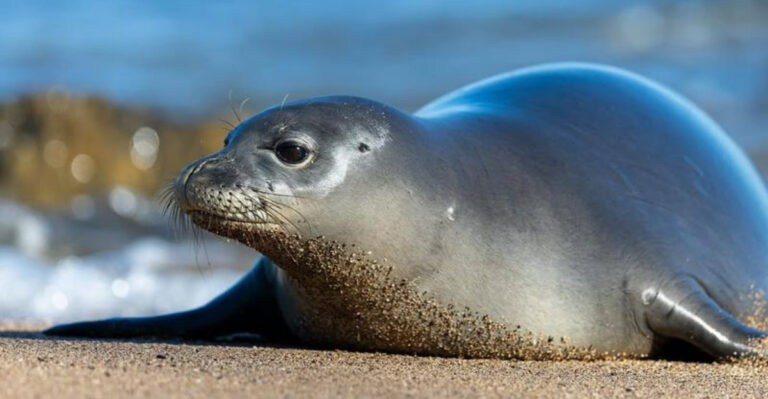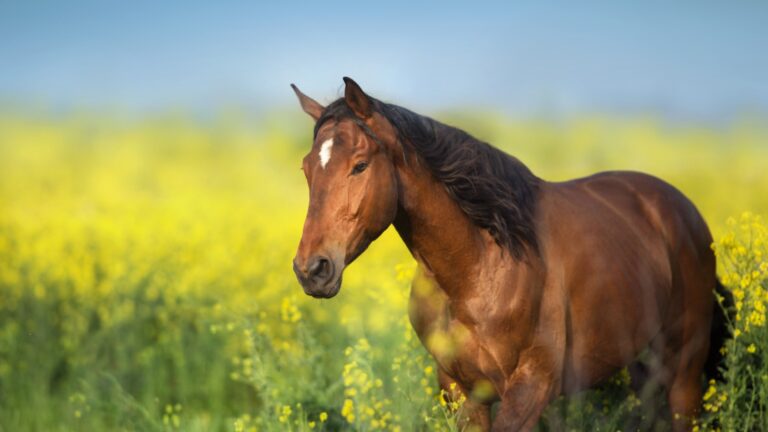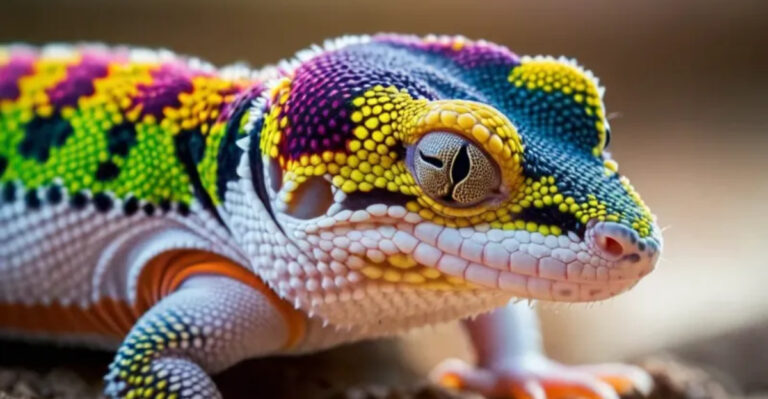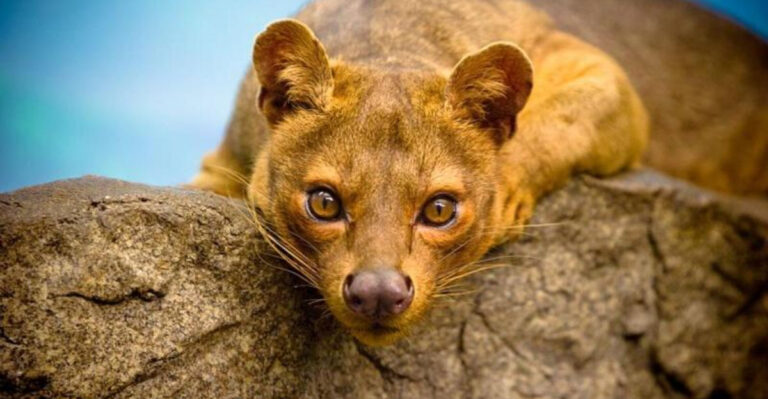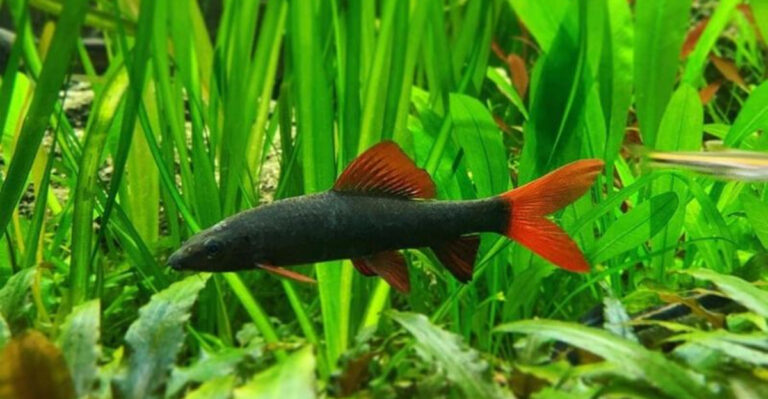Extinct Animals That Turned Out To Be Alive
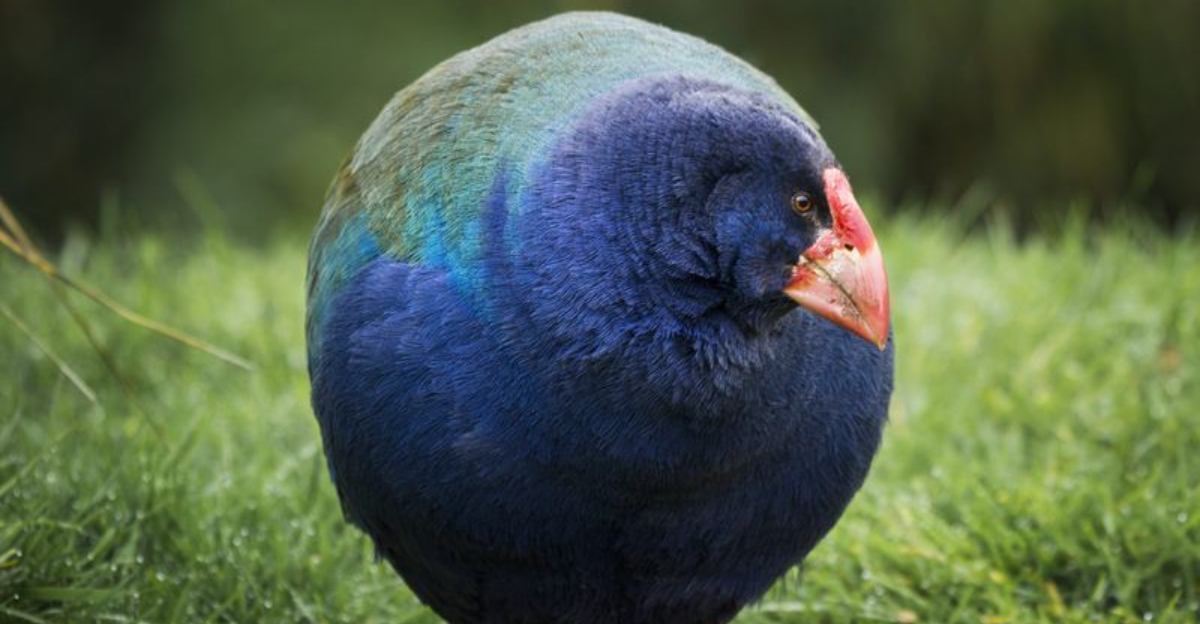
Sometimes the animal kingdom surprises us with unexpected comebacks. Species declared extinct by scientists occasionally reappear years or even decades later, giving conservationists renewed hope.
These amazing rediscoveries remind us that nature can be resilient and full of surprises, even when we think all hope is lost.
1. Coelacanth
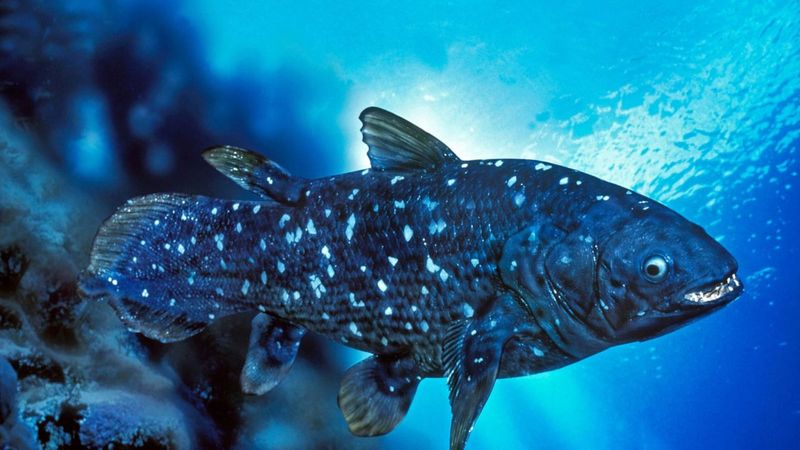
Found accidentally in a fishing net in 1938, this prehistoric-looking fish stunned scientists worldwide. Everyone thought coelacanths had vanished 65 million years ago alongside dinosaurs!
With their lobed fins and armor-like scales, these deep-sea dwellers remain largely unchanged for millions of years. Marine biologists now know two species exist – one off East Africa and another near Indonesia.
2. Bermuda Petrel
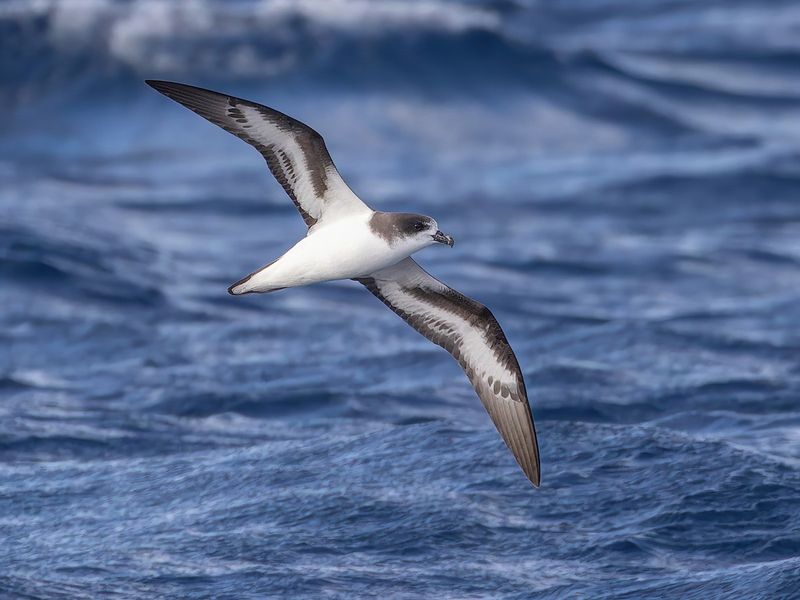
For 330 years, nobody spotted a single Bermuda Petrel nesting on Earth. Sailors in the 1600s called these seabirds ‘cahows’ for their eerie night calls before declaring them gone forever.
Amazingly, in 1951, a small colony was discovered on rocky islets. Today, after intensive conservation efforts, their population has grown from just 18 pairs to over 150 birds, making this one of conservation’s greatest success stories.
3. Mountain Pygmy Possum

Imagine finding a living version of something only known from fossils! Scientists believed this tiny marsupial died out 11,000 years ago until a janitor spotted one at a ski resort in 1966.
Weighing just 45 grams, these mouse-sized creatures hibernate under snow during harsh Australian winters. Their unexpected discovery shocked zoologists who’d only seen their remains in ancient cave deposits throughout southeastern Australia.
4. Terror Skink
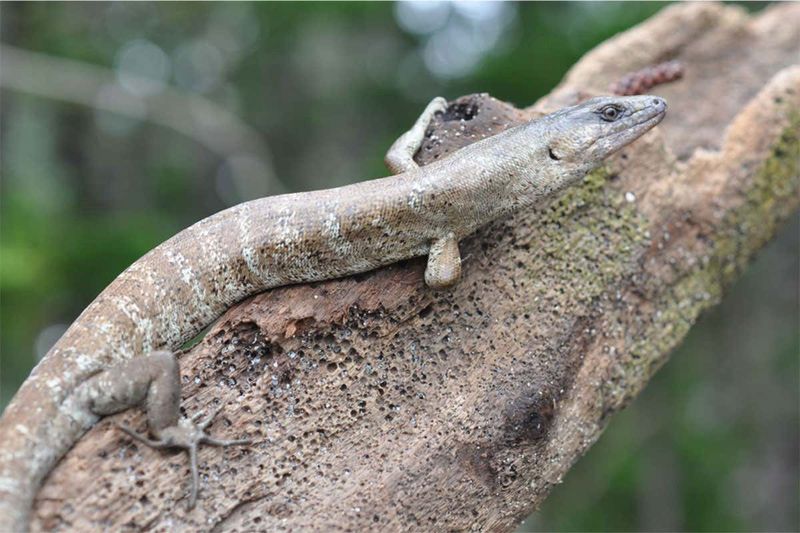
Talk about playing hard to get! First discovered in 1876 on a tiny Pacific island, this fierce-looking reptile promptly disappeared for over a century.
Scientists rediscovered it in 1993, only to lose track of it again until 2003! With dagger-like teeth and a name straight from a horror movie, the terror skink remains incredibly rare. Fewer than five specimens have ever been documented in New Caledonia.
5. Omura’s Whale
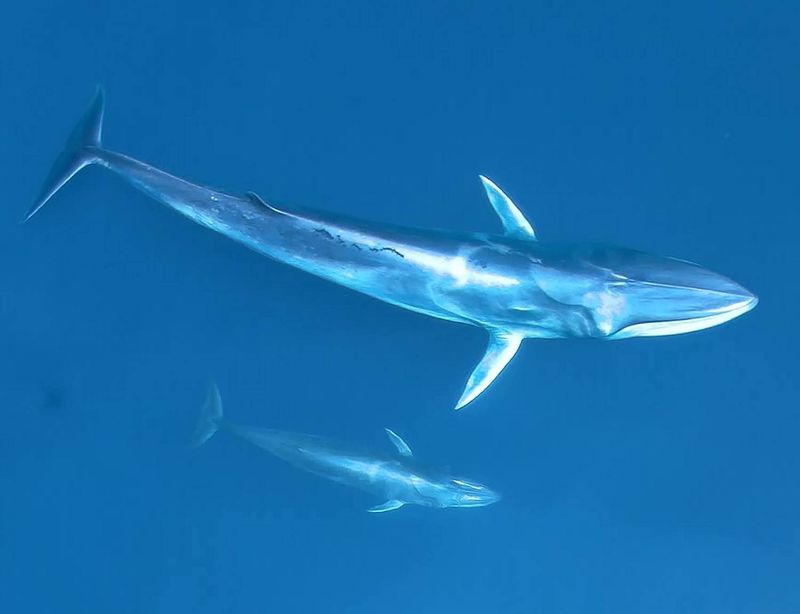
Sailing the world’s oceans completely undetected until 2003, these 33-foot whales somehow escaped scientific attention despite their massive size. Initially misidentified as smaller Bryde’s whales, genetic testing finally revealed them as an entirely different species.
The first living Omura’s whale wasn’t photographed until 2015 off Madagascar. Marine biologists are still piecing together basic facts about these sleek, asymmetrically-colored giants that managed to stay hidden for so long.
6. New Guinea Singing Dog

Famous for their unique yodel-howl that can hit multiple pitches simultaneously, these wild dogs were thought extinct in their natural habitat since the 1970s. Their haunting vocalizations earned them their melodic name.
Expedition teams finally located pure populations in remote highlands in 2016. DNA tests confirmed these were indeed the legendary singing dogs, not village mutts. Their rediscovery gave scientists fresh insights into early dog domestication.
7. Fernandina Galápagos Tortoise
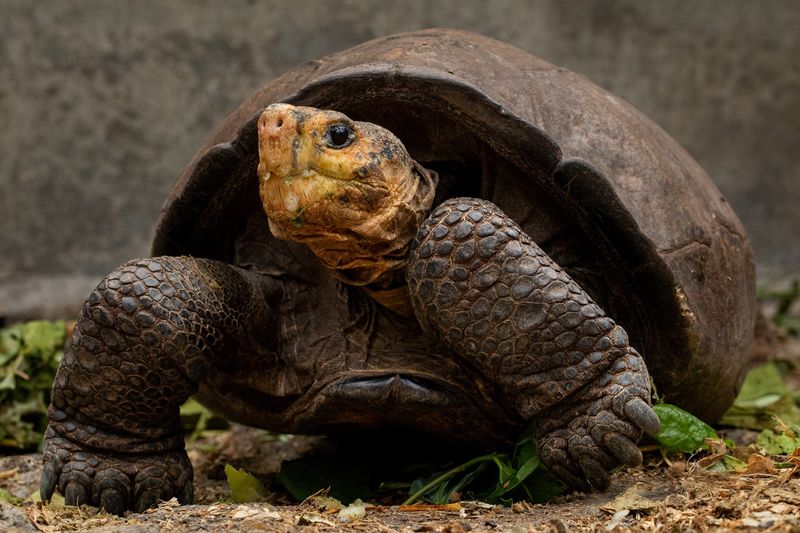
Last seen in 1906, everyone assumed this giant tortoise species had joined the fate of many Galápagos relatives – extinction due to hunting and habitat loss. A single female’s tracks teased researchers for decades.
Finally, in 2019, expedition members spotted Fernanda, a lone female hiding in volcanic terrain. Her discovery sparked hope that more might exist. Genetic testing confirmed she belonged to the lost species, making her a living link to a tortoise variety thought gone for 113 years.
8. Takahe
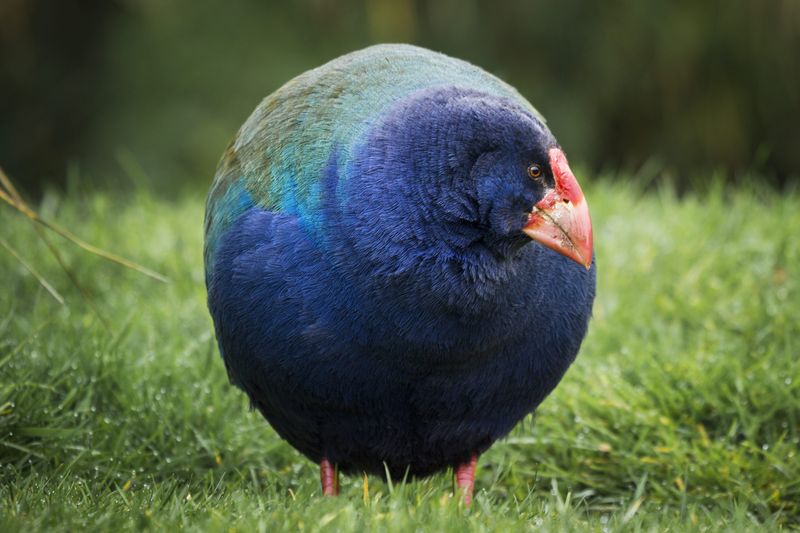
After a devastating search in 1898 turned up nothing, New Zealand officially declared these flightless birds extinct. For fifty years, the colorful takahe existed only in museums and Maori legends.
Remarkably, doctor Geoffrey Orbell rediscovered them in 1948 while hiking in remote Fiordland mountains. Their vibrant purple-blue plumage and red bills caught his eye immediately. From just 250 birds remaining, intensive conservation efforts have brought these walking rainbows back from oblivion.
9. Gilbert’s Potoroo
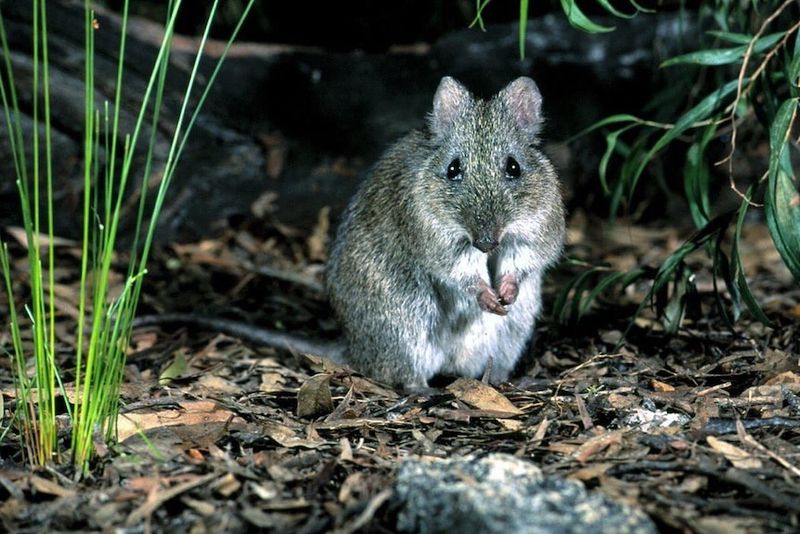
Vanishing from scientific records in the 1870s, these rat-kangaroo relatives were written off as another extinction casualty. Their absence from Australia’s wildlife catalogs lasted over 120 years.
A routine fauna survey in 1994 accidentally caught one in a trap meant for wallabies. With fewer than 40 individuals remaining in wild populations, these nocturnal marsupials narrowly escaped permanent disappearance. Their diet consists almost exclusively of underground fungi, making them crucial ecosystem engineers.
10. Chacoan Peccary
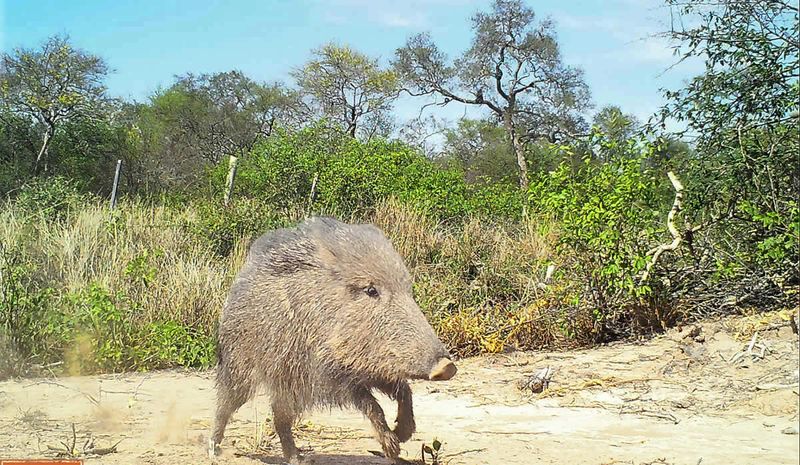
Scientists only knew this pig-like creature from fossils until 1975, assuming it had died out 10,000 years ago. Local Paraguayan hunters knew better, calling them tagua in their native language.
When researchers finally spotted living specimens in the remote Gran Chaco forest, it was like seeing ghosts. These social, three-toed relatives of pigs travel in groups through thorny forests. Their rediscovery ranks among zoology’s most spectacular finds of the 20th century.

